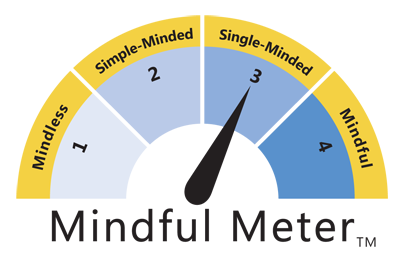Apple News is in the news because of its plans to pretend. How exactly has Apple, America’s consumer electronics leader and the world’s most profitable company, decided to deceive? Its “News” app will display advertisements that look almost exactly like news articles. The only difference is that the ads will have a very small “sponsored” byline below them. Furthermore, that subtle commercial identifier might not even contain the name of the advertiser; it may just say “sponsored,” making the advertisement all-the-more ambiguous.
Since Apple just introduced News last year, many may not know exactly how the app works, or what it does. Leveraging customer data, the app identifies patterns of interest and delivers to each user the specific types of news stories that he/she is most likely to read. While Apple acts as the curator, the news feeds come courtesy of over 100 top publishers, such as Time Inc., which have decided to partner with Apple.
Right now News is only available in the United States, the United Kingdom, and Australia, and only on iPhones and iPads running iOS 9 or later. Apple undoubtedly would like to expand the app’s distribution. It also would like to increase the app’s modest advertising, which is managed by the company’s unique iAd advertising platform. Such improvements would be welcomed by media partners such as Joe Ripp, CEO of Time, who so far has been underwhelmed by the revenue his firm has earned from advertising on the app.
Now back to the native banner ads on News . . . In its own words, Apple’s express intention is to make the ads “blend in with their surrounding[s]” by running them “directly in the content feeds, inline with the News articles” and by setting them in “the default font used in News.” The question begging to be answered is “Why?”—Why would Apple not want ads to standout from articles?
Maybe Apple just wants a very uniform look, or a simple design, throughout the News feed. That theory seems unlikely, however, given that the company says “News also combines the rich and immersive design found in print with the interactivity of digital media, letting you enjoy stunningly crafted articles that reflect the style of the publications they come from.” Uniformity in appearance, therefore, doesn’t appear to be an overriding objective.
It seems more likely that Apple wants inconspicuous ads in order to confuse consumers; i.e., to lead people to believe that the ads are articles so they’ll read the ad summaries and unwittingly click on them. Such a claim sounds cynical, but unfortunately there’s precedent in other media for certain advertisers' use of such stealth tactics. Likewise, Apple and others seeking to place ads in on-line environments face increasingly stiff resistance from consumers who want to avoid the ads. In fact, there’s a bitter irony in that Apple itself has been a backer of ad blocking software.
So people will sometimes mistakenly click on ads they think are articles. What’s the big deal? Well, there are two main problems with that scenario:
1. Deception: People process commercial content differently than they do other information. For instance, most of us will interpret a friend’s recommendation of a restaurant differently than we will the restaurant’s recommendation of itself in an ad. There’s nothing wrong with either type of information; both can be very helpful; but we deserve to know when the information comes from an objective source versus one that has a stake (and possibly a “steak”) in our decision.
2. An Arms Race of Acting Ads: What will the media landscape look like if more and more organizations resort to disguising their ads as articles or other program content? People will find it harder and harder to distinguish real news from the faux variety, which will create considerable frustration for consumers and eventually lead them to make wholesale changes in their online behavior, upending many of the current commercial models. Of course, it could also be that the FTC will step in and take regulatory action before such a seismic shift occurs.
Given the Apple News app’s current low level of advertising, the use of article-imitating ads will likely spur an increase in ad revenues for Apple and its media partners, and even News consumers may benefit from an expanding array of available articles. That probable increase in stakeholder value, however, is offset by compromises of societal values such as honesty and respect, due to the approach’s inherent deception and consumers’ inevitable frustration. For those reasons, Apple’s covert advertising can be called “Single-Minded Marketing.”
Learn more about the Mindful Matrix and Mindful Meter.
Check out Mindful Marketing Ads and Vote your Mind!




 RSS Feed
RSS Feed